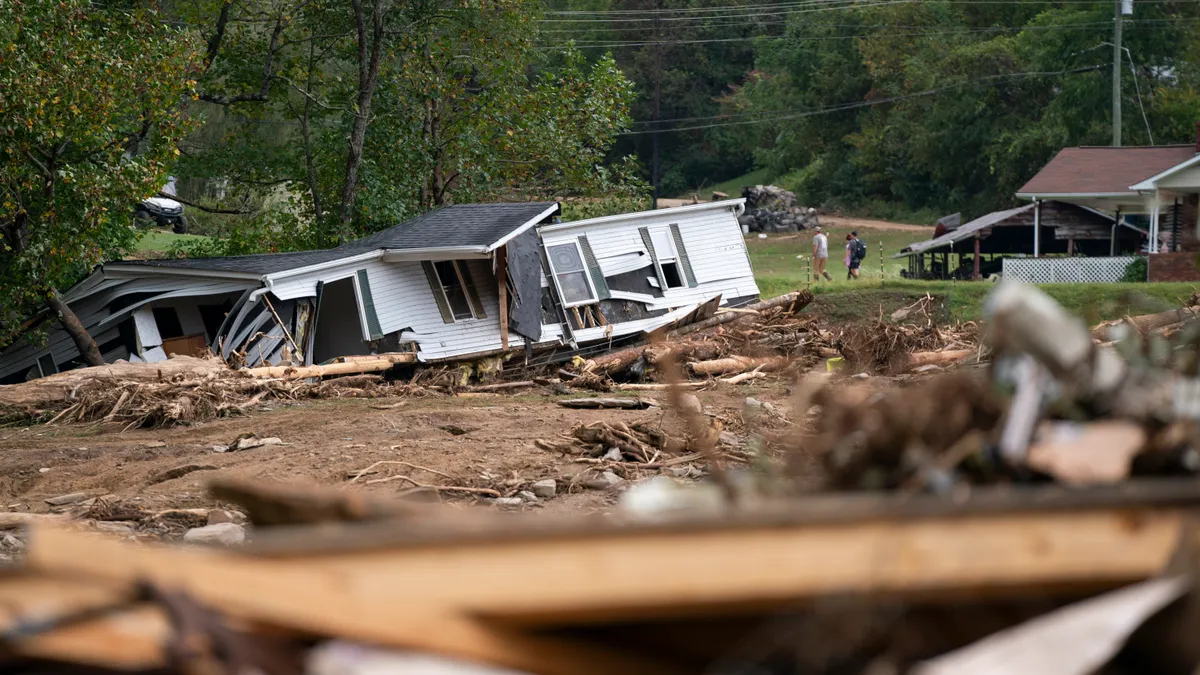The systems cities use to monitor and analyze greenhouse gas emissions are “flawed,” says a group of researchers from Carbon Monitor, Hestia, IG3IS, Nexqt and RMI.
That’s why the group is developing City Climate Intelligence, which it describes as a “next-generation” methodology that offers cities free, near-real-time greenhouse gas emissions information at three increasingly granular levels: the metropolitan area, neighborhood and building and street level. The methodology draws on satellite data and local information such as public building databases, transmission service operator data and GPS data.
The greenhouse gas inventory is a hallmark of city climate action plans nationwide, allowing leaders to understand how much climate pollution their city emits and which sectors are responsible. While early tools to create that inventory were suitable for raising big-picture awareness — for example, that a city should drive down transportation or building emissions — they aren’t cutting it anymore, Nexqt founder and CEO Fouzi Benkhelifa said. As climate change impacts bear down on communities, and decarbonization deadlines loom, cities need more specific, timely data to make decisions that reduce emissions the most, he said.
Emma Loewen, a senior associate with RMI’s urban transformation team, described City Climate Intelligence's future as akin to the National Weather Service. “Everyone can access it; it's free. It's updated in a timely manner that is useful for people,” she said. “And there's no real questioning of it. It's just an independent third party that is respected and taken for face value.”
Cities currently face numerous challenges in measuring and monitoring greenhouse gas emissions. Inventories are time-consuming and resource-intensive, costing up to tens of thousands of dollars, points out an April report by the City Climate Intelligence team. Further, existing data systems on urban greenhouse gas emissions aren’t designed for planning or implementing emissions reduction efforts, the report says.
“During RMI workshops, city governments and community advocates alike identified policy planning capabilities as a key component of an optimal emissions data tool,” the report states. “Currently, these city stakeholders don’t have the capacity to conduct detailed data analyses on the impact of proposed climate solutions.”
The City Climate Intelligence team has provided emissions data at the metropolitan area level for 53 cities globally, including Madison, Wisconsin, and Portland, Oregon. For the covered cities, users can see two years of emissions data at a 10-kilometer resolution broken down into six sectors: ground transportation, power, industry, residential, aviation and international shipping. The team plans to eventually offer this information for every major metropolitan area in the world.
The researchers have also explored the potential to use street- and building-level data to simulate the effects of specific climate policies in Los Angeles and Paris. In Los Angeles, their analysis showed that installing rooftop solar in central LA for households making less than $50,000 annually would result in a 21.6% annual reduction in citywide emissions compared with 2019 levels. The median savings in annual electricity costs for the more than 260,000 households making the switch would be $1,884, the analysis estimates.
This ability to support effective decision-making is part of what sets City Climate Intelligence apart from other tools, the researchers say. “There are a lot of greenhouse gas emissions data platforms out there,” but they aren’t driving climate action on the ground, Loewen said.
Her team isn’t alone in identifying this information gap. An October report by the National Academy of Sciences acknowledges the rapidly increasing needs of cities and states to manage emissions and calls for accelerated development of greenhouse gas emissions information “at more granular temporal and spatial scales.”
It's not just city leaders that the researchers believe could benefit from City Climate Intelligence. RMI’s report points to potential uses by community-based organizations to raise awareness of emissions-related equity issues, journalists to track progress toward goals and the climate finance community to locate areas for investment.
Next, the City Climate Intelligence team plans to create a policy toolkit using neighborhood-, street- and building-level information to simulate the impact of policies, investments and infrastructure. It will also develop a platform for the data and methodology that has a user-friendly design, is integrated with existing inventory reporting frameworks and can layer socioeconomic data sets with emissions data.
The researchers also plan to expand emissions data to a larger group of cities, prioritizing smaller ones and those in the Global South that might not have the information they need for a baseline greenhouse gas emissions inventory, the report says.



















